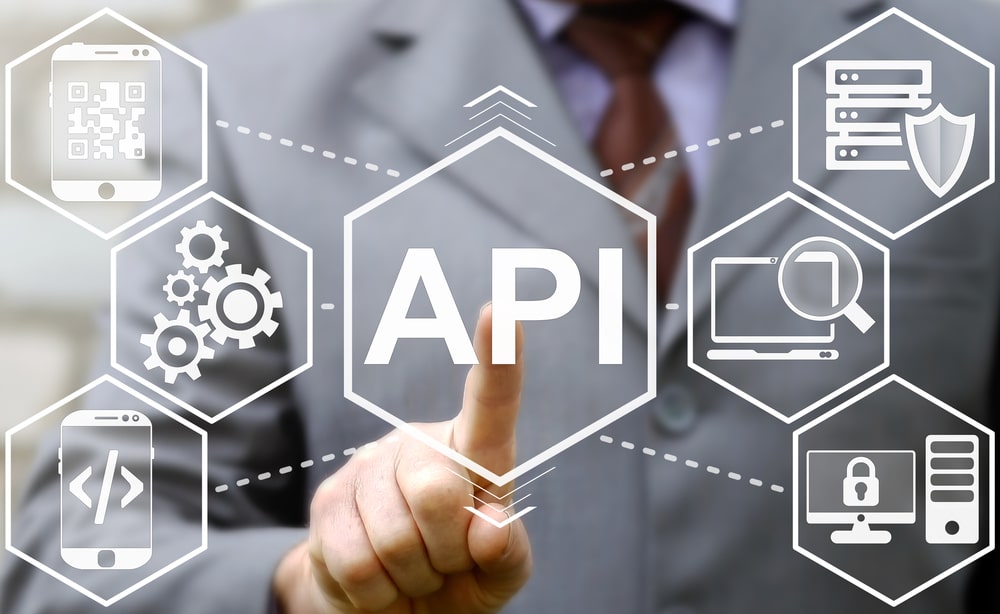- November 25, 2022
- Posted by: innovety
- Category: Software development
The item traceability solution is but one example from a wide range of manufacturing solutions that combine operational and information technology (OT and IT) built up by Hitachi over many years in its own operations. Along with supplying these solutions to the manufacturing industry, Hitachi also intends https://www.globalcloudteam.com/ to help customers overcome challenges and enhance business value by expanding its product range and accelerating the deployment of total seamless solutions. One future task would be the implementation of a plug-in for an open source tool to allow further validation of the metamodel’s instantiation.

The tracing is, therefore, forward to requirements and back from requirements. Pre-requirements (speci- fication) tracing may employ forward tracing, backward tracing, horizontal tracing and vertical tracing. Primary trace link direction When a trace link is traversed from its specified source artifact to its specified target artifact, it is being used in the primary direc- tion as specified. Where link semantics are provided, they provide for a way to read†the traversal (e.g., A implements B). Common software development company activities like managing changes in requirements, re-planning projects or validating whether requirements have been appropriately incorporated into software products all benefit from the efficient maintenance of requirement traces.
Who Needs Requirement Traceability?
For the theoretical level, a metamodel was developed which describes relationships in an MDE-based approach to traceability management (see Section B below). The practical and project-related levels are presented later, in the Tool Support for Model-Driven Traceability section. One of the most commonly used techniques is the traceability matrix (TM). More challenging issues are how to maintain consistency in the TMs required for the target models in case of changes in the source models and the implications that changes in the target models may have for the source models. It is always possible to completely regenerate target models and TMs, but this solution is neither economic nor possible if the target models have been adjusted.
- When pulling in the information for your Intersection RTM, you might want to visualize one-to-many or many-to-many relationships.
- Once dependency identified it will be easy perform impact analysis.
- At least one TestUIStep is generated from each UIStep and at least one TestStep is generated from each Step.
- Today, the nodes of the food supply chain are both complementary and mutually dependent, but that means food travels many miles before it hits our tables.
- Traceability Matrices allow teams to visualize their requirements in a hierarchy, they allow teams to identify disconnected and orphaned requirements, and provide you with an an extra level of auditability.
Once integrated in the tool, it will be transparent to software developers, who will only see a monitoring mechanism for dealing with trace conflicts. A requirements traceability matrix can be used to manage traces between functional requirements and test cases, design specifications, and other artifacts. The release of traces for traceability use and the changes that occur during traceability maintenance. Traceability configuration management depends upon traceability version control. Traceability creation The general activity of associating two (or more) arti- facts, by providing trace links between them, for tracing purposes. Note that this could be done manually, automatically or semi-automatically, and additional annotations can be provided as desired to characterize attributes of the traces.
What is Requirement Traceability Matrix?
Traceability benchmark A standard measure or test against which approaches to various aspects of the traceability process can be evaluated and compared. Traceability benchmark data Datasets that contain two or more artifact types and validated traceability matrices, the latter serving as answer sets (i.e., reference sets), for evaluating experimental results. Trace artifact∗ A horizontal traceability traceable unit of data (e.g., a single requirement, a cluster of requirements, a UML class, a UML class operation, a Java class or even a person). A trace artifact is one of the trace elements and is qualified as either a source artifact or as a target artifact when it participates in a trace. The size of the traceable unit of data defines the granularity of the related trace.

Once TraceLink(s) have been created, the Quality plug-in checks consistency whenever a change is made—for instance, if a new activity like “Fill in personal patient data” is added to the activity diagram in Fig. This figure presents an example of a function requirement in the iMedea project. TraceableElement describes any artifact in a context model and is identified by its attribute name.
Interpersonal Skills: Definitions and Examples
Instead, they opt for XML-based representation and XQuery implementation for traceability management. Traceability quality A measurable property of the overall traceability at a particular point in time on a project, such as a confidence score depicting its overall correctness, accuracy, precision, completeness, consistency, timeliness, usefulness, etc. Traceability quality assessment The activity of assessing the traceability quality on a project.

11 shows the trace elements when the “Creation Anamnesis” activity is selected. With this in mind, the following sequence diagram shows how the tools interact to generate these relationships (see Fig. 10). This figure present how the test case can be generated from requirements using transformations in our example. Rempel & Mäder (2016) also focus on traceability difficulties, providing an assessment model and a comprehensive classification of possible traceability problems and assessment criteria for systematically detecting those problems.
Maintaining traceability See traceability maintenance.
Its integration in a particular MDE process requires the appropriate tool support, and has already been validated for the NDT methodology and tool suite. In this regard, it can be confirmed that MDE provides solutions for challenges Ch.1. Tool support for trace model maintenance, cited in “Materials and Methods”. This paper also demonstrates how the approach implements the automatic tracing of information; a task critical for information fusion.
Body of knowledge for traceability See Traceability Body of Knowledge (TBOK). This article extends an existing model-driven development methodology to incorporate traceability as part of its development tool. The tool has been used successfully by several companies in real software development projects, helping developers to manage ongoing changes in functional requirements.
How to create Requirement Traceability Matrix
That’s what traceability means, and is the key for building consumer trust in the food supply, and in safeguarding food. Are current standards enough to make the transition in the food system? Our mission is to encourage the use of out-of-the-box initiatives that improve the system and also food producers to mind what they buy and how they process it so that everyone eats healthier food. Any benefits for the environment will only help ensure future generations eat accessible and high quality food.
You can travel upstream or downstream to get more context and trace product definition from high-level requirements all the way through to final tests. In a traceability con- text, the term refers to the fundamental constituents of a trace (noun sense). Establishing traceability Enacting those parts of the traceability process asso- ciated with traceability creation and maintenance, and in accordance with the traceability strategy. A traceability matrix can aid you in filtering defects linked to crucial requirements, along with defect severity, priority, and more.
What is the Requirements Traceability Matrix (RTM)?
Critical Path Method (CPM) schedule, that is also a resource loaded network, is critical to establishing a project baseline. The baseline is the project’s measuring stick that monthly performance is measured against. Preparing an accurate, complete and compliant CPM schedule is therefore an important step in building the baseline. Figure 2 — Overview of How Monitoring Function WorksMonitoring and delay times are specified and the time it takes for data to arrive is taken into consideration ensuring reliable notification when monitoring limits are exceeded. The image presents a sequence model to illustrate the process of use of the monitoring model.
